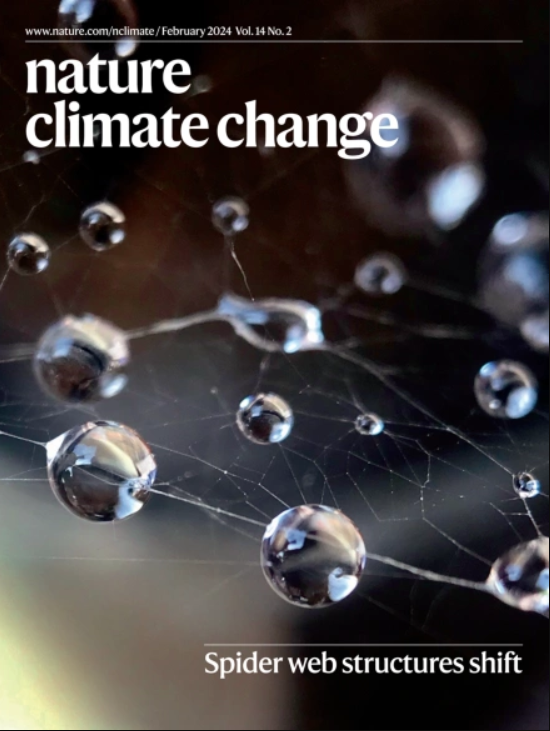行星光合作用生产的当代趋势
IF 27.1
1区 地球科学
Q1 ENVIRONMENTAL SCIENCES
引用次数: 0
摘要
陆地和海洋光合作用的产生通常是分开研究的。现在,对2003-2021年陆地和海洋净初级生产的综合分析表明,陆地和海洋净初级生产呈现出截然不同的趋势。生物圈初级生产的增强主要是由陆地的增加所驱动,部分被海洋的减少所抵消。本文章由计算机程序翻译,如有差异,请以英文原文为准。

Contemporary trends in planetary photosynthetic production
Terrestrial and marine photosynthetic production are typically studied separately. Now, an integrated analysis of land and ocean net primary production for 2003–2021 reveals that land and ocean net primary production show contrasting trends. Enhanced biospheric primary production is predominantly driven by an increase over land, partially offset by an oceanic decrease.
求助全文
通过发布文献求助,成功后即可免费获取论文全文。
去求助
来源期刊

Nature Climate Change
ENVIRONMENTAL SCIENCES-METEOROLOGY & ATMOSPHERIC SCIENCES
CiteScore
40.30
自引率
1.60%
发文量
267
审稿时长
4-8 weeks
期刊介绍:
Nature Climate Change is dedicated to addressing the scientific challenge of understanding Earth's changing climate and its societal implications. As a monthly journal, it publishes significant and cutting-edge research on the nature, causes, and impacts of global climate change, as well as its implications for the economy, policy, and the world at large.
The journal publishes original research spanning the natural and social sciences, synthesizing interdisciplinary research to provide a comprehensive understanding of climate change. It upholds the high standards set by all Nature-branded journals, ensuring top-tier original research through a fair and rigorous review process, broad readership access, high standards of copy editing and production, rapid publication, and independence from academic societies and other vested interests.
Nature Climate Change serves as a platform for discussion among experts, publishing opinion, analysis, and review articles. It also features Research Highlights to highlight important developments in the field and original reporting from renowned science journalists in the form of feature articles.
Topics covered in the journal include adaptation, atmospheric science, ecology, economics, energy, impacts and vulnerability, mitigation, oceanography, policy, sociology, and sustainability, among others.
 求助内容:
求助内容: 应助结果提醒方式:
应助结果提醒方式:


